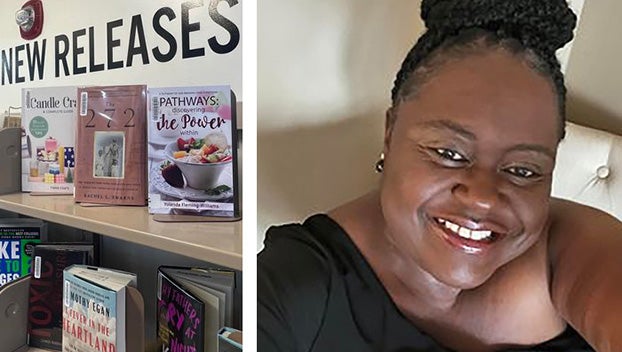Ready, Set, Grow: Adjust your garden for growing during hotter nights
Published 12:02 am Wednesday, May 1, 2019

- Pictured are Louisiana super plants, a.k.a. Bubblegum Supertunia petunia.
Most of us in the River Parishes plant our vegetable gardens in mid-March. Especially for tomatoes, it’s critical to get all the produce you can from the plants early.
Once nights stay above 70 degrees or so, blooms will not set pollen. That is, they don’t get fertilized so they’ll just drop without setting fruit.
We can still plant tomatoes now, but it’s highly recommended you choose heat-set / heat tolerant varieties. Okra and eggplant are also good to plant now if you have space in the vegetable garden.
These natives of Africa and India, respectively, love the summer heat Louisiana provides in abundance.
But many people are done with veggie planting for now and are ready for ornamentals. April and May are the months we plant most of our warm-season annuals.
We have a great variety of ornamentals, of course. And they’re usually easier to grow than vegetables.
As you may know, it’s considered a good idea to “stack” your landscape. Keep tall plants like amaranth, cleome, cosmos and sunflowers to the back of a bed like a backdrop.
Smaller plants like viola, pansies, marigolds and petunias should be planted toward the edge of the bed, typically closer to the viewer. Mid-size plants like celosia, angelonia and periwinkle can go in between.
With such a mix of varieties, we need to think about colors. Of course, we want to have cool colors like blue and purple together. Hot colors like red, orange, and yellow match each other.
Resist the temptation to plant the “variety pack” of colors together. If you have lots of red flowers with lots of white flowers, the human eye sees it as lots of pink. It also “confuses the eye” to make for a more harsh appearance.
We’re better off planting masses of color that will be visible and pleasing to the eye. A big grouping of red near a big grouping of white will look better, generally speaking.
Let’s take a look at the yard from the place we’d typically entertain company or sit by in silence enjoying the landscape. What’s really visible from that spot? Will anyone notice the delicate detail of wishbone flowers, or should we keep monochromatic marigolds?
And let’s not forget to take notes about what does and doesn’t work so we can improve next year.
The choices for plants are nearly limitless, so we can come up with ideas by simply visiting a local nursery. That way we can see the plants in person to get a better picture. Also, nurseries tend to sell what people grow, and people tend to grow what works.
If you want to travel just a bit, the LSU Ag Center’s Hammond Research Station is available for the public to visit. Their focus is ornamental plants, so you can see lots of stuff in actual beds.
They’re open weekdays from 8 a.m. to 4 p.m., but call ahead (985-543-4125) to assure availability.
Just from the couch, you can search “onlineplantguide.com” for some ideas. The website offers a search by color, height, variety, etc.
You may also look for “Louisiana Super Plants,” an LSU Ag Center effort to promote plants widely available in the nursery trade that are proven performers for us.
If you want to know more about gardening, landscaping, or anything else horticultural, contact the St. John, St. James, & St. Charles Parishes County Agent André Brock at abrock@agcenter.lsu.edu. Also, the LSU Ag Center’s website can be accessed at lsuagcenter.com with lots of user-friendly information, including this article.




